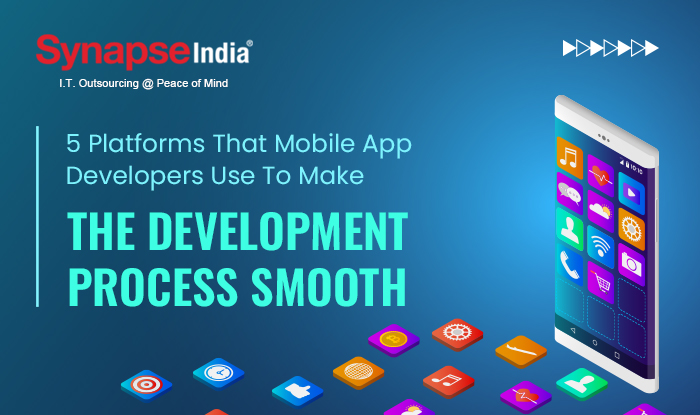 09 Apr 2024
09 Apr 2024.jpg)
An innovative approach RAG ( Retrieval-Augmented Generation ) combines both retrieval and generation models to enhance text generation tasks. Its introduction highlights the challenges faced by traditional generation models and how RAG addresses these limitations by incorporating retrieval mechanisms to improve context understanding and generate more relevant and coherent responses. Additionally, it would touch upon the growing interest in RAG within the NLP community and its potential applications across various domains, setting the stage for further exploration of the blog content. The introduction to Retrieval-Augmented Generation (RAG) in a blog would aim to provide readers with a clear understanding of what RAG is and its significance in the field of natural language processing (NLP).

RAG is a technique that primes Generative AI large language models (LLM). It involves fetching useful business-specific context that includes the context with the prompt to an LLM. this technique helps the LLM to provide a more accurate and business-specific revert to the user. The retrieved context might come from raw data that se complements the LLM core. RAG combines the power of retrieval with existing knowledge and context from large corpora, with the creativity of generation, which produces novel and coherent text. By integrating these two components, RAG aims to enhance the quality and relevance of generated text by grounding it in relevant contexts retrieved from external sources.
The need for RAG models frequently fails to provide coherent and contextually relevant outputs, which is the driving force behind the necessity for retrieval-augmented generation, or RAG. Key reasons for the necessity of RAG are as follows:
Conventional generation models produce cliched or irrelevant responses because they are unable to properly comprehend the context in which they function. To solve this, RAG integrates retrieval techniques, which enable the model to retrieve and incorporate pertinent context from outside sources like papers or knowledge bases.
RAG can access a multitude of pre-existing knowledge and information to inform the generating process by using retrieval-based strategies. As a result, the model can generate responses that are more precise, educational, and pertinent to the given job or query.
Coherence and consistency problems that are frequently present in solely generative models are mitigated with the use of RAG. RAG guarantees that the output stays consistent and coherent with the information provided by anchoring generated text in retrieved context, which results in replies that are more akin to those of a human being.
Dealing with ambiguity and different interpretations of incoming data is a common job in text generation. By using retrieval-based methods to obtain more information and clarify unclear queries, RAG models can lessen these difficulties and provide more accurate and contextually relevant answers.
With digital information growing at an exponential rate, RAG provides a flexible and scalable way to manage massive amounts of data. RAG models can adjust to changing information needs and produce responses that represent the most recent knowledge by acquiring pertinent context from outside sources.
The goal of RAG is to improve the generated text's quality, relevance, and contextuality to overcome the limitations of conventional generation models and open up new avenues for communication and interpretation of natural language.

There is great promise for retrieval-augmented generation (RAG) in many different natural language processing (NLP) tasks and applications. Among the principal uses of RAG are:
By locating pertinent sections or articles inside extensive databases, RAG can be used to improve question-answering systems and produce precise, contextually rich responses.
By adding retrieved-context into the conversation, RAG can enhance the coherence and quality of talks in conversational AI and chatbot applications.
By gathering pertinent data from a variety of sources and combining it into logical and educational narratives, RAG can help with content creation activities like article writing, summarising, and content development.
By using external knowledge sources to find pertinent papers or sections that fit user queries, RAG can improve information retrieval systems.
RAG can enhance machine translation systems' quality and accuracy by integrating context that has been acquired from bilingual corpora or parallel texts.
Retrieval-augmented generation (RAG) has a wide range of applications in areas like dialogue systems, knowledge representation, content creation, and information retrieval. We may anticipate more advancements and uses of RAG in various domains of AI and natural language processing as research and development in this area continues.
In the field of natural language processing (NLP), retrieval-augmented generation (RAG) is a noteworthy development that provides a revolutionary method for next-generation jobs. RAG addresses major issues with standard generation models by fusing retrieval-based methods with generation models in a seamless manner. This improves the generated text's quality, relevance, and contextuality. RAG opens the door to more complex and human-like language understanding and communication by bridging the gap between retrieval and generation. We should expect more developments and breakthroughs in the field of text generation as scholars and practitioners carry on investigating and improving RAG models. This will open up new avenues for natural language comprehension and engagement.

 09 Mar 2023
09 Mar 2023
